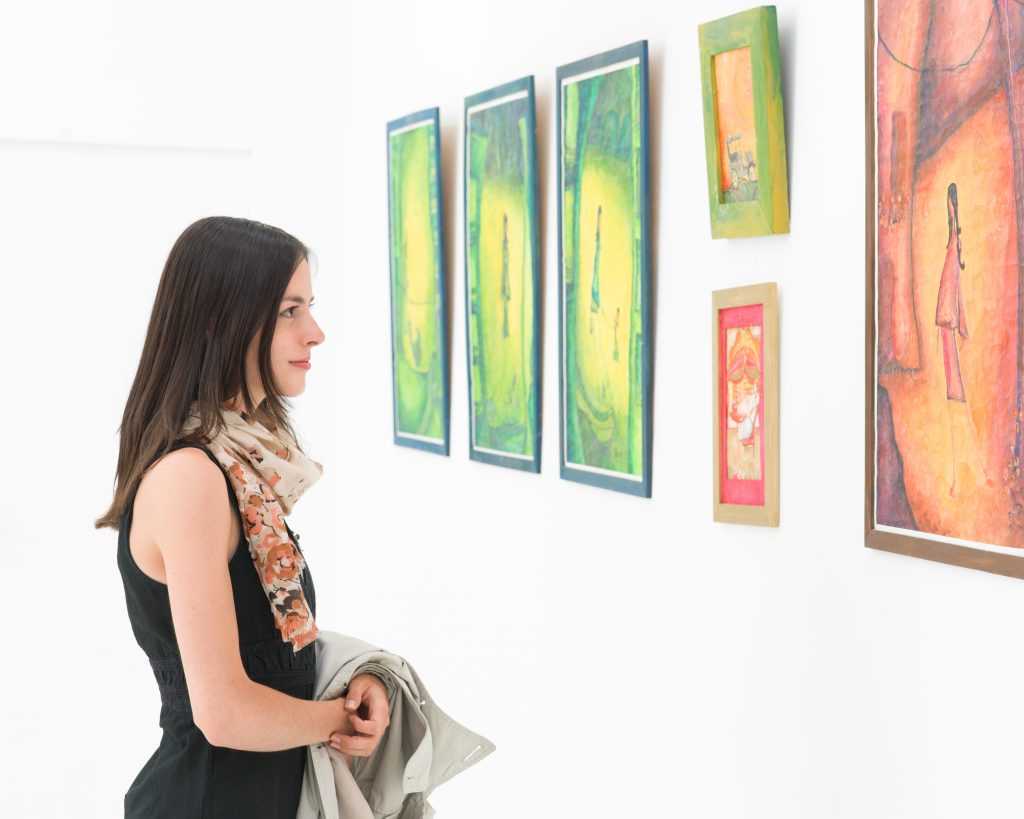 The most common types of investments made by Australians include properties, shares and even collectables like automobiles, jewellery and technology. Big or small, investing in something useful and of value can be great in the long run.
The most common types of investments made by Australians include properties, shares and even collectables like automobiles, jewellery and technology. Big or small, investing in something useful and of value can be great in the long run.
Have you ever thought about investing in art? They’re nice to look at, sure, but last year, it was one of the hottest investments on the market, particularly post-war and contemporary art.
Passion for Art
Collecting art has always been a thing. It is only recently that people started to realise its worth as an investment, though.
In the past, people collected art without considering their long-term value or plans of reselling, but they collected art because they liked what they saw and they wanted it for themselves.
Now, as art prices soar, more art buyers are taking potential profits into consideration.
TWFINEART.com shares that art investment is now accepted in both the artistic and financial sectors. Whilst artists focus on art as it is, financial advisers look at these as sources of long-term profit.
Factors to Consider
Before you invest in art, remember to think about the non-financial benefits as a collector first. Consider financial gain as an added advantage instead of an expectation. If you’re new to collecting and you want to invest for profit, work with credible art advisors. Whilst most investments are sensitive to interest rate fluctuations, collectibles are not. As interest rates increase, they present other opportunities for investment, which means more potential buyers.
Gicleés put fine art within reach for art enthusiasts. Certificates don’t lend much value to the reprint, but fresh signatures, especially remarques – or drawings on the margin of the print – can boost its value in the future.
Thinking of investing in collectibles? Take the investment time frame into consideration. The longer you hold onto that artwork, the higher the chances of you enjoying a substantial return on investment. Instead of thinking about selling it at some point, consider this: you can pass it down to the next generation.
Investing in art is always a risk. This goes for creating it, as well as buying it. Most of the time, people make and buy art without thinking about the amount of money it represents.

